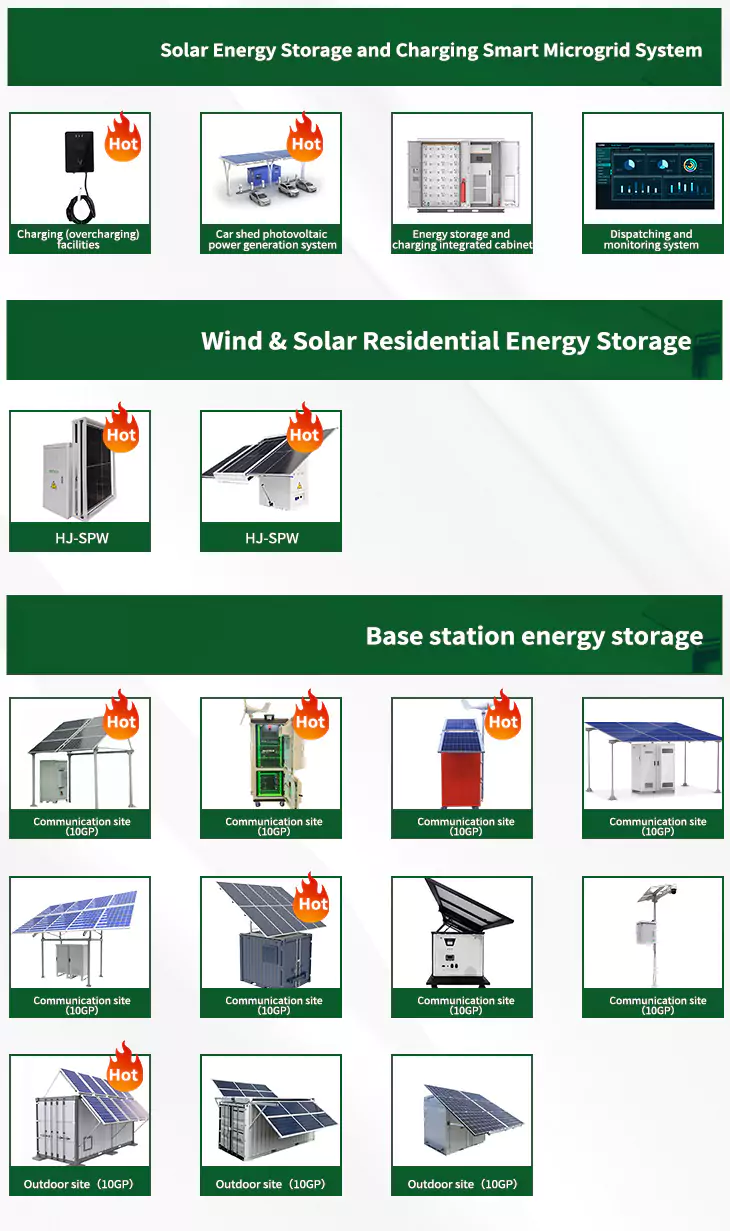About PV inverter mode selection
As the photovoltaic (PV) industry continues to evolve, advancements in PV inverter mode selection have become critical to optimizing the utilization of renewable energy sources. From innovative battery technologies to intelligent energy management systems, these solutions are transforming the way we store and distribute solar-generated electricity.
When you're looking for the latest and most efficient PV inverter mode selection for your PV project, our website offers a comprehensive selection of cutting-edge products designed to meet your specific requirements. Whether you're a renewable energy developer, utility company, or commercial enterprise looking to reduce your carbon footprint, we have the solutions to help you harness the full potential of solar energy.
By interacting with our online customer service, you'll gain a deep understanding of the various PV inverter mode selection featured in our extensive catalog, such as high-efficiency storage batteries and intelligent energy management systems, and how they work together to provide a stable and reliable power supply for your PV projects.
6 FAQs about [PV inverter mode selection]
Can a PV inverter be set to stand-alone mode?
The PV inverter can be set to stand-alone mode and reduce its feed-in power if this is required by the battery state of charge or the energy demand of the connected loads. To do this, use the integrated frequency-shift power control (FSPC). Selecting the PV Inverter You can use the following PV inverters in off-grid systems.
Why did PV inverters become module-level microinverters?
Ironically enough, the drawbacks of early central inverters (mismatch losses, inflexible system design) led to the development of module-level microinverters. The PV inverter market of this era had two bookends: microinverters for residential and small commercial projects and increasingly large central inverters for everything else.
Are microinverters rated for utility-scale voltages?
Since microinverters are not rated for utility-scale voltages, we will largely ignore them in this article. String inverters convert DC power from “strings” of PV modules to AC and are designed to be modular and scalable. Smaller string inverters may have as few as one input, with one PV string per input.
What are the different types of PV inverters?
There are three primary tiers of PV inverters: microinverters, string inverters, and central inverters. Since microinverters are not rated for utility-scale voltages, we will largely ignore them in this article. String inverters convert DC power from “strings” of PV modules to AC and are designed to be modular and scalable.
Can I use PV inverters in off-grid systems?
You can use the following PV inverters in off-grid systems. You can order all the listed PV inverters with preset off-grid parameters from SMA Solar Technology AG. The PV inverters must be equipped with at least the firmware version given in the table, or a higher version.
What is the role of inverter in grid-tied PV systems?
In grid-tied PV systems, inverter plays a prominent role in energy harvesting and integration of grid-friendly power systems. The reliability, performance, efficiency, and cost-effectiveness of inverters are of main concern in the system design and mainly depend on the applied control strategy.
Related Contents
- Solar PV Off-Grid Inverter
- Aero PV Inverter Password
- Large PV Panel Inverter Price List
- Solar PV line inverter wire
- Smart PV Inverter Installation
- Isolate PV grid-connected inverter
- Sungrow Power Supply PV Inverter APP Download
- Limit PV inverter power
- PV Inverter Indonesia
- Where do the PV inverter cables enter
- Jabil PV Inverter Maintenance
- PV inverter switching time setting


